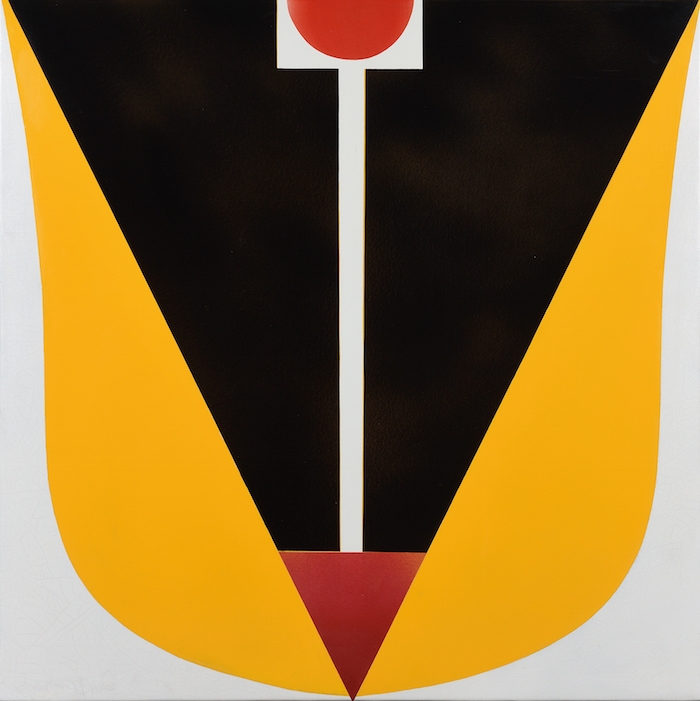With over thirty participating galleries and three days of events, Mayfair Art Weekend kicks off on Friday 28 June with Gallery HOP!, an evening of late viewings and special events at galleries in the area from 6-8pm.
In the lead-up to Gallery HOP!, ArtReview is publishing a specially themed guide each week, to help you decide what to see and where to start when the weekend kicks off. In lieu of ArtReview taking you round the galleries in person (we’re not sure you would want that), you can use these to navigate Mayfair’s busy art neighbourhood. Here’s tour number two, taking you in a tight circle from Saville Row, via Cork Street, to Dover Street. That’s just thirteen minutes of walking time (if you’re wondering)…
The Abstract or Pop Tour
From the 1920s to the 1960s, abstract art was a vibrant, global phenomenon, erupting in Europe and making waves (and squares and circles) everywhere from the US to Latin America and Asia; from the ultra-rational ideals of geometric abstraction starting in Soviet Russia to the more emotional, existential gestures of lyrical and expressionist abstraction that would become prominent in in Europe and America after the Second World War. The Abstract to Pop Tour takes you from an early pioneer of geometric, socially-minded abstraction, through to the introspective abstract painting of Paris in the 1950s, which set the stage for new turn in art – towards the society of the postwar era, one in which art would take on consumerism as well as politics. So, if you want a concentrated dose of art history, start here…

László Moholy-Nagy at Hauser & Wirth, 22 May – 7 September
Starting at Hauser & Wirth in Saville Row, head back to the origins of abstraction in the Europe of the 1920s. Hungarian László Moholy-Nagy was born in 1895 and joined the legendary Bauhaus School of Art and Design in Weimar in 1923. Caught by the utopian spirit of the Russian constructivists following the Russian revolution, he embraced new technologies and modern materials, enthusiastically experimenting with painting, photography, film, stage design and typography, to make iconic works which embody the futuristic optimism of the early avant-garde – even through the dark years of the rise of Nazism, when Moholy-Nagy was forced to flee Germany, taking his visionary work to America. Key works in the exhibition include a replica of Light Prop for an Electric Stage, later known as the Light Space Modulator (1930), constructivist paintings from the 20s and 30s, and the artist’s ‘photograms’ – in which objects were placed on unexposed photographic paper, to create luminous, other-worldly photographic abstractions.
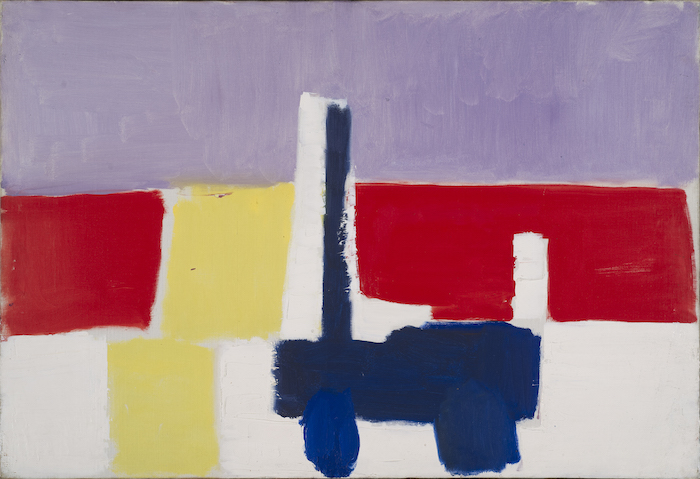
Abstract or not at Olivier Malingue, 26 April – 19 July
By the 1940s artists in Europe and America were taking up the challenge of doing away with images, but while many like Moholy-Nagy pursued pure colours, geometric edges and the aesthetics of industrial modernity, others were deliberating how painting could extend its tactile and expressive aspects without worrying too much about imagery. Which is not to say that the work on show in Abstract or not is purely abstract. Instead, these are painters who were working on the in-between bit where different impressions of the real world bleed into to the visual experience of something which contains no images. Nicolas De Staël, Maria Helena Vieira da Silva and Jean-Paul Riopelle would find their own ways to interpret a sense of place, architecture and light, while André Masson and Jean Dubuffet pushed their ideas of ‘automatism’ and ‘uncivilised’ art in the making of art that sought to challenge the rationalist tenets of Western culture. Meanwhile, Raymond Hains was busy stripping torn posters from the walls of Paris, presenting them as if they were paintings – starting, you could argue, the first of many artistic conversations between abstract art and graffiti, and between the artworld and the real world… (Hains has his own solo show at Max Hetzler, also in this tour, see below.)
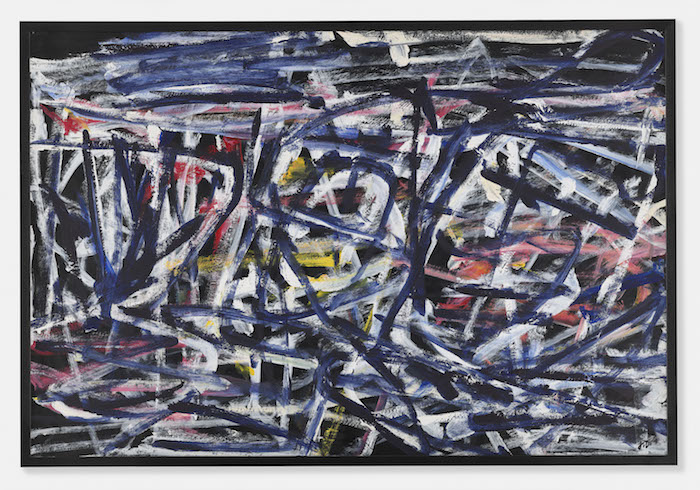
Writings on the Wall at Waddington Custot, 17 May – 30 June
If abstraction released paintings from having to present images, it meant that paintings could also be seen as if they were just like any other surface on which marks, strokes and colours could be applied. Not surprisingly then, that some artists began to see the connections between graffiti, drawing, painting and writing. Writings on the Wall neatly makes connections between all these, looking at how artists took inspiration from the untrained, spontaneous visual culture of street graffiti – the cartoons, slogans and symbols that decorated the streets of postwar Europe. So Parisian photographer Brassaï’s photographs here make ironic links with the abstract painting of the time, while seeing graffiti as a form of ‘outsider’ art, charged with raw, untrammelled authenticity. Brassaï’s interest in graffiti was shared by Dubuffet, and inspired Catalan artist Antoni Tàpies, whose constructed wall reliefs and painting often contain cryptic yet suggestive symbols – marks and words which evoke the dark, anxious times of Spain during the Franco dictatorship. That idea of writing as an expressive but not necessarily legible form of mark-making also runs through works by Vlassis Caniaris, Manolo Millares and Cy Twombly. It’s a show about private and public meaning, which (whether in visual or written form) might be what makes the difference between something being ‘representational’ or ‘abstract’…
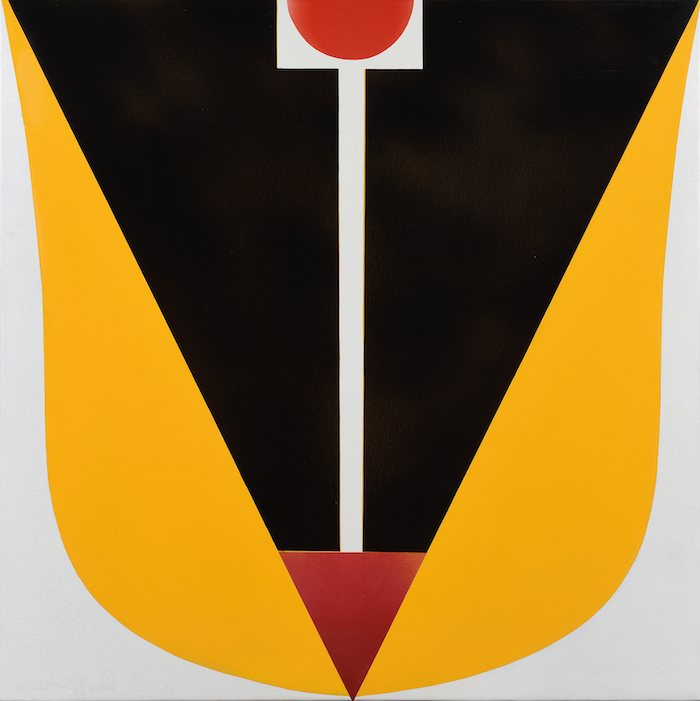
Pécs Workshop at The Mayor Gallery, 5 June – 26 July
Just across the road, at The Mayor Gallery, art history moves on a little, to the late 60s and 70s, and to an exhibition of the Pécs Workshop, a group of artists not well known outside of their native Hungary, but now starting to be rediscovered internationally. Taking inspiration from earlier constructivist art and the ethos of the Bauhaus, between 1969 and 1971 The Pécs Workshop artists (the older teacher Ferenc Lantos and his students Károly Halász, Károly Kismányoky, Sándor Pinczehel and Kálmán Szijártó) came together to experiment with materials, form and colour, working in different genres and techniques including enamel (using the resources of a local enamelling factory). Though the group later shifted their interest towards conceptual art and more overtly political imagery, this show focusses on the high-colour, vividly pattered enamel designs on metal plates, in which the group made considered how art could have a more fully social function, as part of architecture and public space.
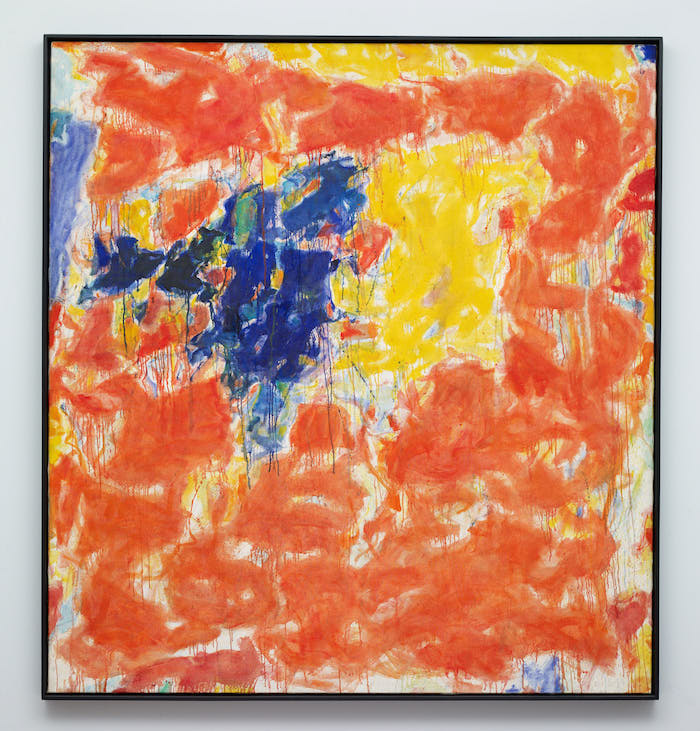
Un art autre: Abstraction in Postwar Paris at Lévy Gorvy, 26 April – 5 July
Round the corner at Levy Gorvy, it’s back to Paris in the 1950s (it’s a bit of a sub-theme for this tour, what with Jean-Paul Riopelle and Joan Mitchell also on show at Olivier Malingue). ‘Un art autre’ more or less translates as a ‘another kind of art’ and was the title of an influential 1952 book by French art critic, gallerist and curator Michel Tapié. Tapié was a champion of the kind of lyrical, spontaneous abstract painting he characterised as ‘informel’, and Paris in the 50s was something of a magnet for adventurous artists developing this trend; which accounts for the presence here of Sam Francis and Joan Mitchell, and the Chinese painter Zao Wou-Ki, artists who all settled in Paris in the late 40s and 50s. From the ominous, hovering black monoliths of Pierre Soulages to Zao’s ethereal whites, through Francis’s clouds of colour and Mitchell’s dancing skeins of marks, Un art autre offers a rare glimpse of a common artistic conversation between artists from wildly different backgrounds.

Raymond Hains: Infinite Conversations at Galerie Max Hetzler, 5 June – 25 July
And so to Raymond Hains, who you’ll have spotted at back at Olivier Malingue, and who is treated to a solo show at Galerie Max Hetzler. Hains was a mercurial figure in postwar French art; associating with various groups and movements, but remaining insistently independent, he was consistently interested in ordinary life, popular culture, and the political nature of making art. Influenced by Surrealism and Dada, in the early 1950s Hains became known for his activity of removing torn posters from billboards, mounting them and presenting them as artworks in their own right. Initially done as scathingly ironic gestures against what he saw as the introversion of much of the abstract painting which then dominated, Hains’s ‘décollages’ anticipated the turn to popular culture championed by Pop art, which celebrated found objects for their own visual and cultural value, while opening the space of the gallery to the social world outside, presenting the viewer with the graphic fragments of advertising and political posters. On show here are poster works and found billboard structures from the 1970s, as well as the Macintoshages (a term derived from the name of the Mackintosh computer he used, of course) of the 1990s, digital prints in which Hains reworked his commitment to the found image to face the dawning digital (and internet) age…
